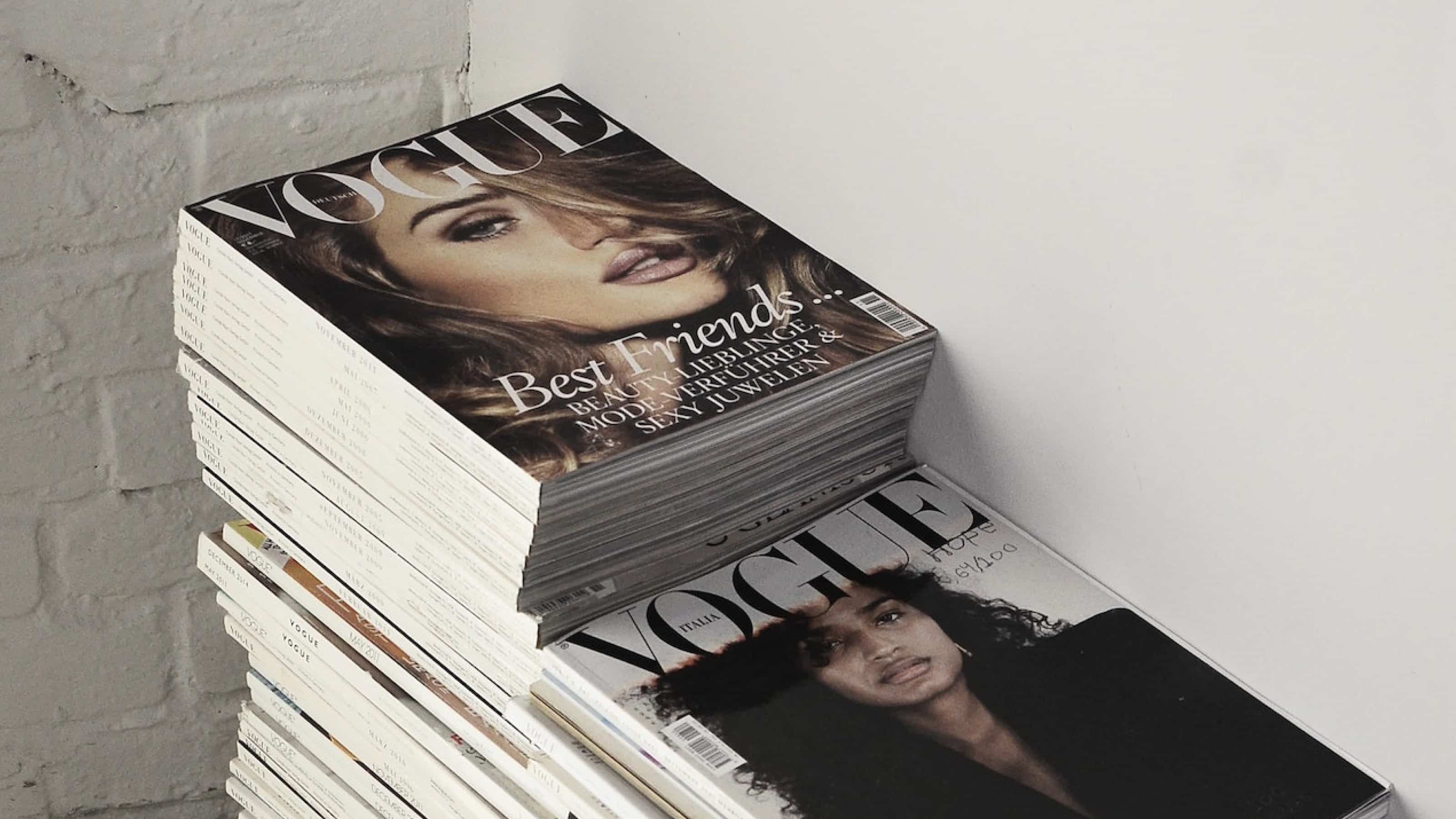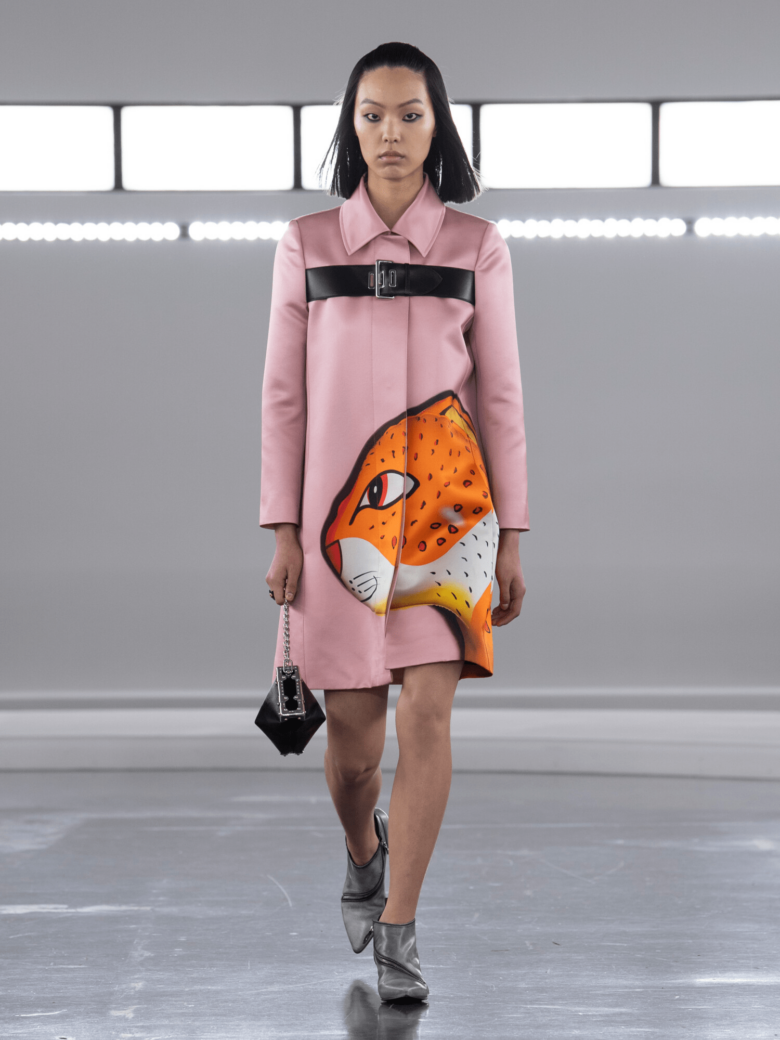Is fame killing the fashion industry?

In a grand and enduring partnership – with more twists and turns than a Comme des Garçons runway – celebrity has long been the fashion industry’s biggest meal ticket. It sells to the masses a dream of wrinkle-free skin and opulent couture creations, of youthful beauty and fleeting red carpet glamour, and fundamentally, the myth that you might become the one per cent if you’re pretty, funny or well-dressed enough.
This delusion relies on the well-respected relationship between artist and muse, dating all the way back to Ancient Greece, where the daughters of Zeus and Mnemosyne lived and breathed as tangible inspirations for the creation of art. Fast forward 3,000 years, and we’ve had any number of influential partnerships between the two realms, from Cher and Bob Mackie, Westwood and the Pistols, Gaultier and Madge right up to Kim and Demna for Balenciaga.
But when exactly did the A list (or in some cases, the B, C and Z lists) become so entwined in the image of fashion houses? You have the 1990s and Giorgio Armani to thank for that. Reckoning with the opulence of the previous decade with his tailored suiting and elegant eveningwear, the Milanese designer infiltrated the velvet-roped worlds of Hollywood as a means of keeping on top of an ever-changing market that had Calvin Klein and Tommy Hilfiger snapping ravenously at his heels. Armani’s redefinition of the advertising model threw things into the hands of stars such as Julia Roberts and Los Angeles Lakers coach Pat Riley, making them muses-cum-walking billboards that had the power, beauty and gravitas to outrival even the era’s supers. The public was sold.
Then came the Noughties, coinciding with the rapid expansion of the world wide web to create, arguably, our most fame-fixated decade yet. Fashion took copious notes, inviting celebs further into the fold with high-profile dressing opportunities that birthed entire image search platforms (we’re talking about you, J.Lo’s Versace dress), effectively opening up catwalks to the world at large. The turn of the 2010s saw a wildly active internet populace dreaming up new and exciting micro-cultures almost daily. Tumblr-born aesthetic movements like seapunk and soft grunge coalesced with the fast-adapting meme culture that is now a prime means of communication in the digital sphere.
Shop Jeen, an e-boutique hawking everything from Sailor Moon dildos to moustachioed Hello Kitty backpacks and Steve Buscemi heart pendants, was one such destination that embraced these burgeoning entities early on. “There was such a hyper-innovation period in the early 2010s,” says its founder, Erin Yogasundram, “and now everyone’s like, ‘Fuck, what do we do with all this information? How do we survive?’”
In the years since, things have only intensified, with less of the memorable risk-taking design moments we know and love, and more rigid brand partnerships where designers pine for sales and notoriety over producing truly innovative work. As Julie Kucharski, founder of cult label Left Hand LA, sees it: “We are not here to be celebrities or faces […] we’re supposed to be the person behind the scenes – with the measuring tape.” Kucharski does appreciate the frequent nods to the cult Y2K ephemera of her youth that has been championed of late by Marc Jacobs’s Heaven and Nicola Brognano’s revival of Blumarine. In fact, at Kucharski’s own label, she cherishes much of the decade’s feel-good visual language by slicing and dicing it into new contexts via rough-sewn patches and graphic prints. Kucharski doesn’t want to see the end of fame’s starring role in the fashion industry either, she loves paying tribute to era-defining moments for a younger generation who might have missed out on the fun the first time around. “How can we have a Spice Girls piece come back to life unless someone recreates it?” she asks. Touché.
While some are yet to tire of this nostalgia overload, this type of throwback-heavy design in recent years has presented us with a stagnance in the salons of once valiant fashion houses. Slimmer budgets and a focus on reinventing bestseller pieces have reined in the experimental freedoms that once guided lavish productions. Designers simply don’t have time to grow and develop as they did in the past, because now, as the writer and niche pop culture aficionado Trey Taylor surmises: “Everything is in service to the algorithm.”
If fashion is truly a reflection of everything that happens in culture, then the runway will soon become the ultimate stage from which we bear witness to the same culture’s slow and painfully fascinating death in real time. Taylor likens it to the Marvel-ification of the film industry, or the TikTok-ification of the music world, where creativity isn’t nurtured by experimental minds and the freedom that comes with big budgets, but by a formula that puts profit before artistry. “This system is designed to fail eventually, and like anything in the mainstream, the backlash to it will probably match it in scope and period,” he says. “I’m optimistic and think we could eventually enter a cultural renaissance.”
Luckily for us, this renaissance has been brewing for a while – and we’re not just talking about Beyoncé. Instead of adopting the wild sales tactics and soulless lifestyle projections that are now a major part of the luxury design ethos, bootleggers like Noki and Sports Banger here in the UK are subverting popular culture in fashion with parody. The latter pokes fun at British culture with Lucozade-bottle gowns, headpieces made from bootleg Chanel toilet seats and “Free Tulisa” slogan tees, while the former has been taking staples of cultural ephemera and flipping them on their heads for the better part of two decades.
Perhaps the question of fashion’s ability to live without celebrity is irrelevant (I mean, we’ll always need clothes, whether co-signed by the Love Island lot or not). It’s the way that we engage with fame in this way that matters, whether it’s subverting cultural ephemera worth millions or dressing against a trend-led vapidity that is the antithesis of truly great style. But even with that said, there will always be a Noki or a Left Hand LA on side, turning the wheel to set us in a new, stylish direction that waits on the horizon.

